For more than 12,000 years, the Intermountain West’s Native peoples have called the lands known as Yellowstone and Glacier National Parks “home.” This program explores modern Indigenous perspectives on these great wilderness areas and explores the cultural divide that separates modern times from the not-so-distant past.
Before There Were Parks in the Inter-Mountain West
Narrated by Scott Momaday, more than a dozen Indigenous leaders and experts from across the region offer an introduction to the knowledge that tribal people here have passed down for at least the past 12,000 years.
The Blackfeet People lived in Glacier, called “The Backbone Of The World,” long before Europeans explored the Rocky Mountains.” The region that encompasses two mountain ranges and more than 130 lakes, were also dominated by the Flathead People in its western regions, often referred to as the “Crown of the Continent Ecosystem.”
Indigenous perspectives on Yellowstone and Glacier National Parks in Montana, and Wyoming.
STORY: Mythology of the Crow: Love Trials of the Magic Buffalo Wife
Native people have inhabited the area of Yellowstone for thousands of years. In more recent times, the Sheepeater Indians, a band of Shoshone, also known as Snake Indians, lived around the mountains and valleys of largest active supervolcano caldera on the continent. There they remained isolated and its pristine river valleys provided shelter, protection, and food as Shoshones, Bannocks, and Nez Perce traversed the protective natural highway en route to the “Buffalo Country” of Wyoming and Montana. The Yellowstone River Valley north of the park offered little protection for travelers including Indians, subject to attack from warring tribes like the Blackfeet. Thus the Bannock Trail through Yellowstone became the preferred route.
STORY: Silencing the Thunder: Bison Management in Yellowstone
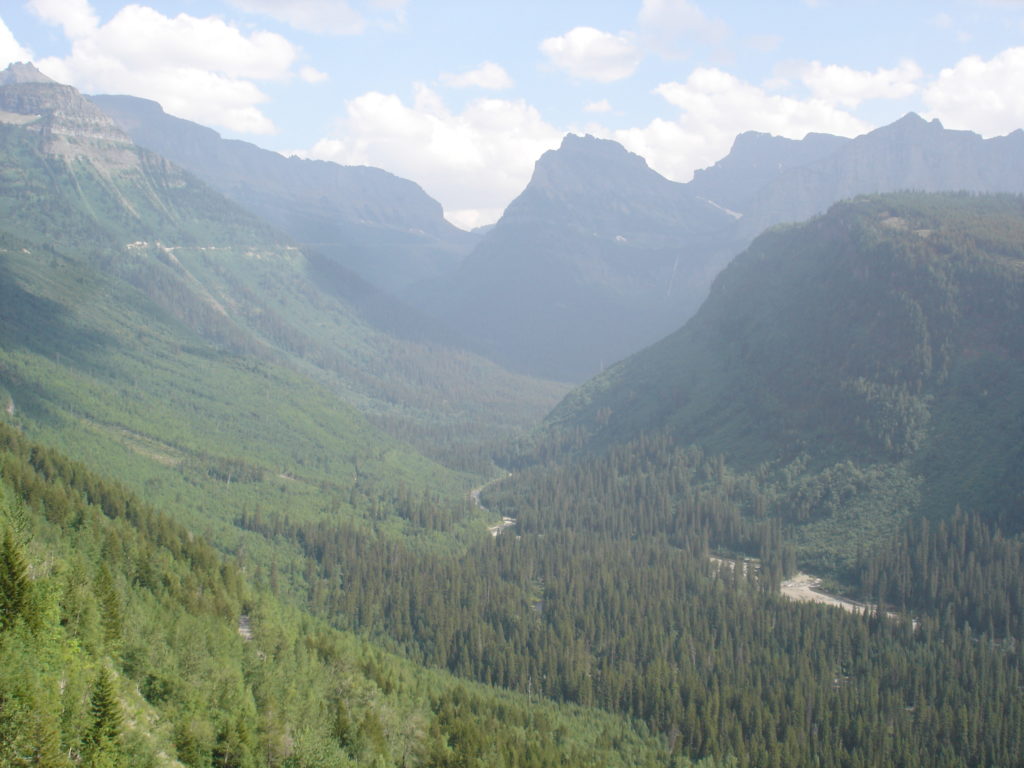

The film follows Eastern Shoshone youth and elders from Ft. Washakie, Wyoming, as they spend three days in Yellowstone as part of the park’s cultural exchange program. Vernon Finley, the Kootenai spokesperson, explains the limitations of human perception and how a respectful person might gain knowledge. Alan Pard, a Piikani traditionalist, explains what the sun, moon and stars mean to the Blackfeet people. Grant and Linda Bulltail, Crow Nation Lodgekeepers of the Tobacco Society, offer their perceptions of what Yellowstone means to the Crows. Germaine White, information specialist for the Confederated Salish and Kootenai Tribes, explains the importance of place names, and Carol Murray, tribal history project director, Blackfeet Community College, describes what President Grant’s executive orders meant to the Blackfeet people.
The film reveals why, as the Northern Rockies became increasingly settled by European Americans, “Yellowstone” was probably a mis-translation of the Crow name for that river; viewers also hear how the Bannocks felt about returning home to find the Oregon Trail in their wintering grounds.
Filmed in all seasons in gorgeous high-definition cinematography, BEFORE THERE WERE PARKS carefully navigates the cultural divide that separates modern times from this not-so-distant past, as it introduces the idea of how America’s national parks remain one of the last and best ties to an ancient indigenous past.
From an Indigenous perspective, a person can never own land, but it is always a person’s responsibility to care for land and to protect it for future generations. From far different places, the goals of the Park Service and that of Native Americans meet in the US national parks. In BEFORE THERE WERE PARKS, viewers discover the beginning of that complex and ongoing story.
Updated 23 March 2023

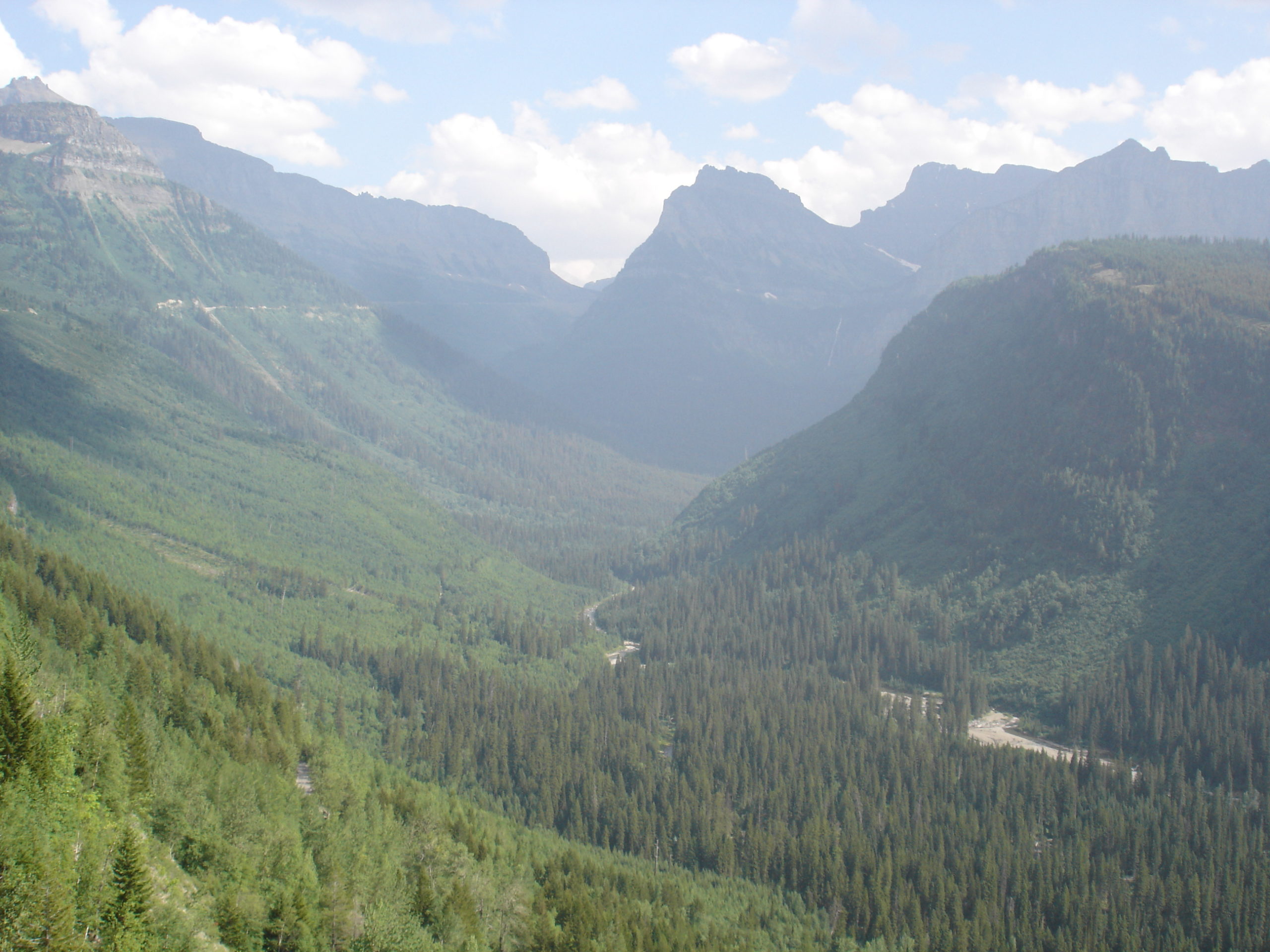



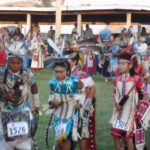
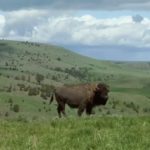
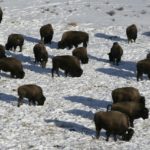
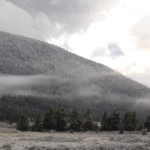






Pingback: Silencing the Thunder: Yellowstone Bison | WilderUtopia.com
Pingback: Myth: The Crow Who Went to the Birds' Country | WilderUtopia.com